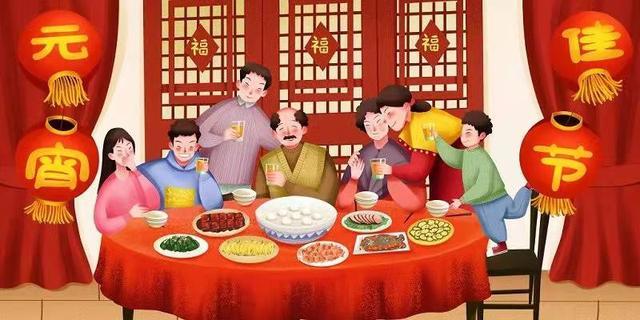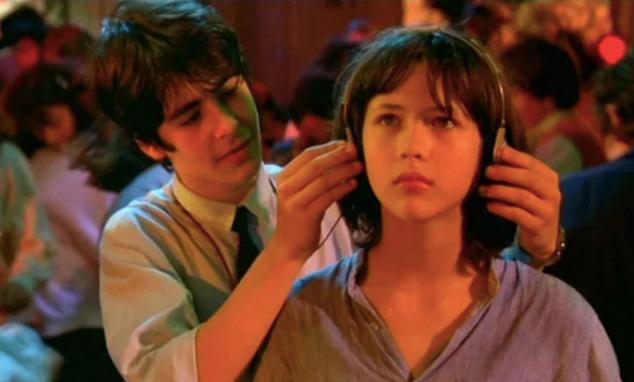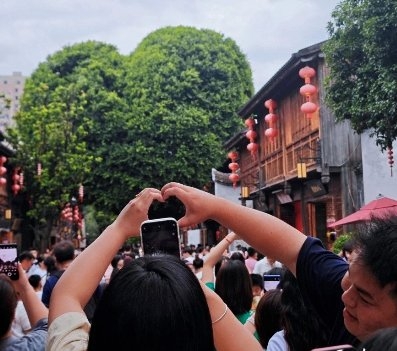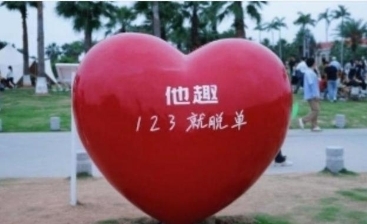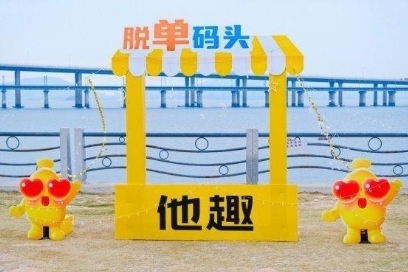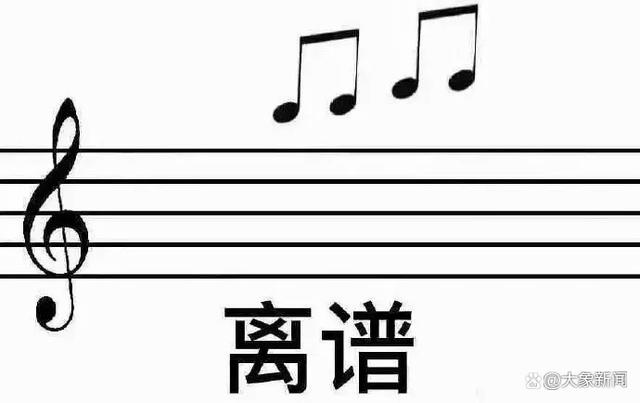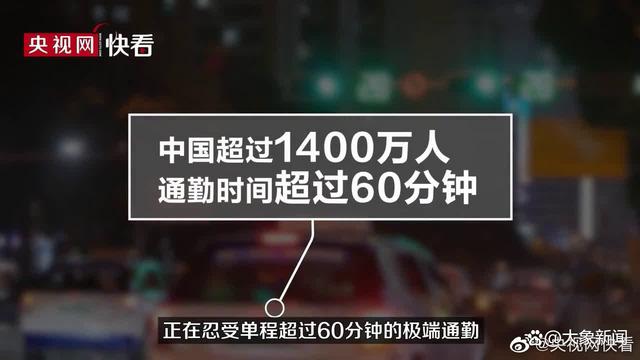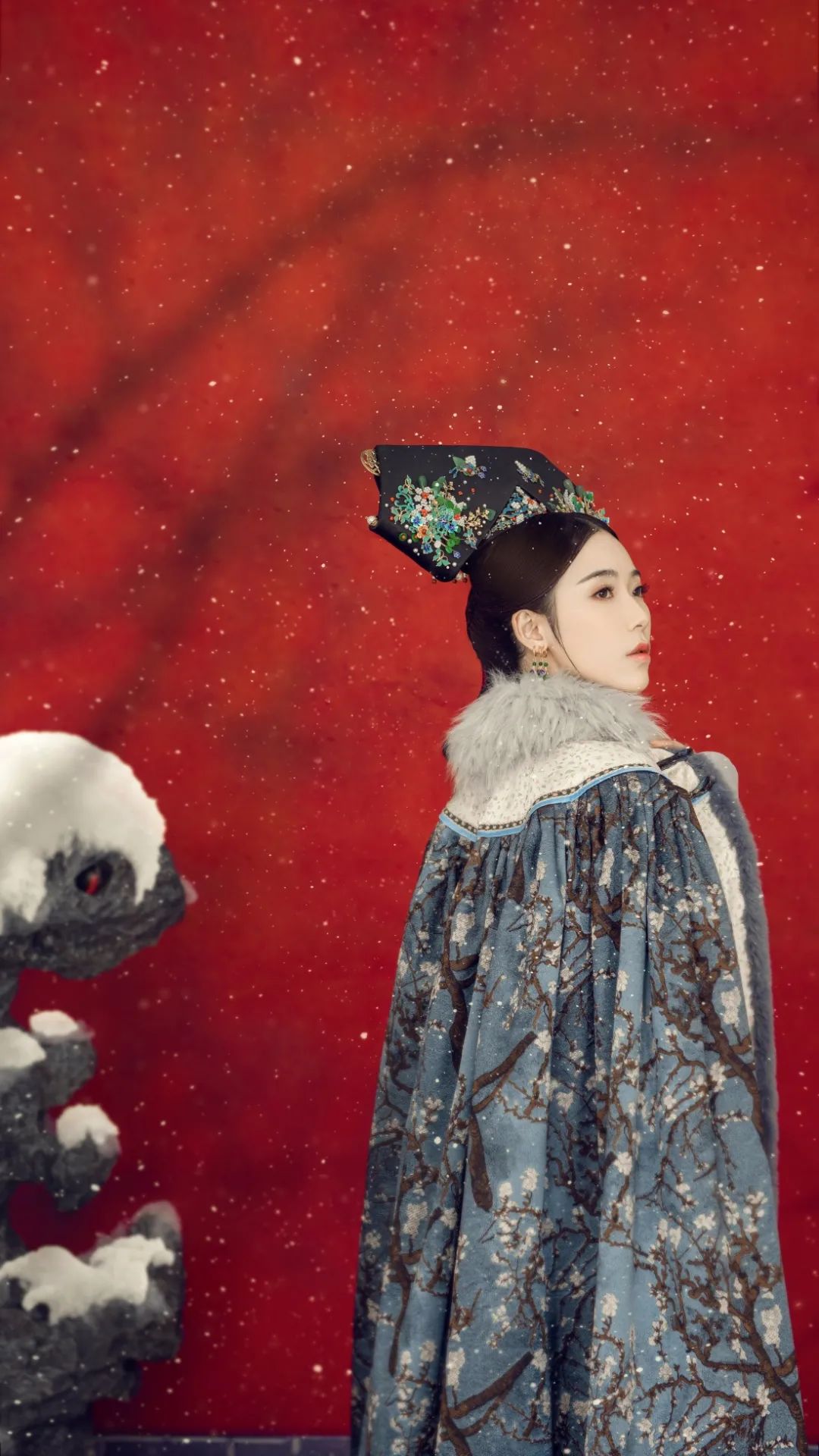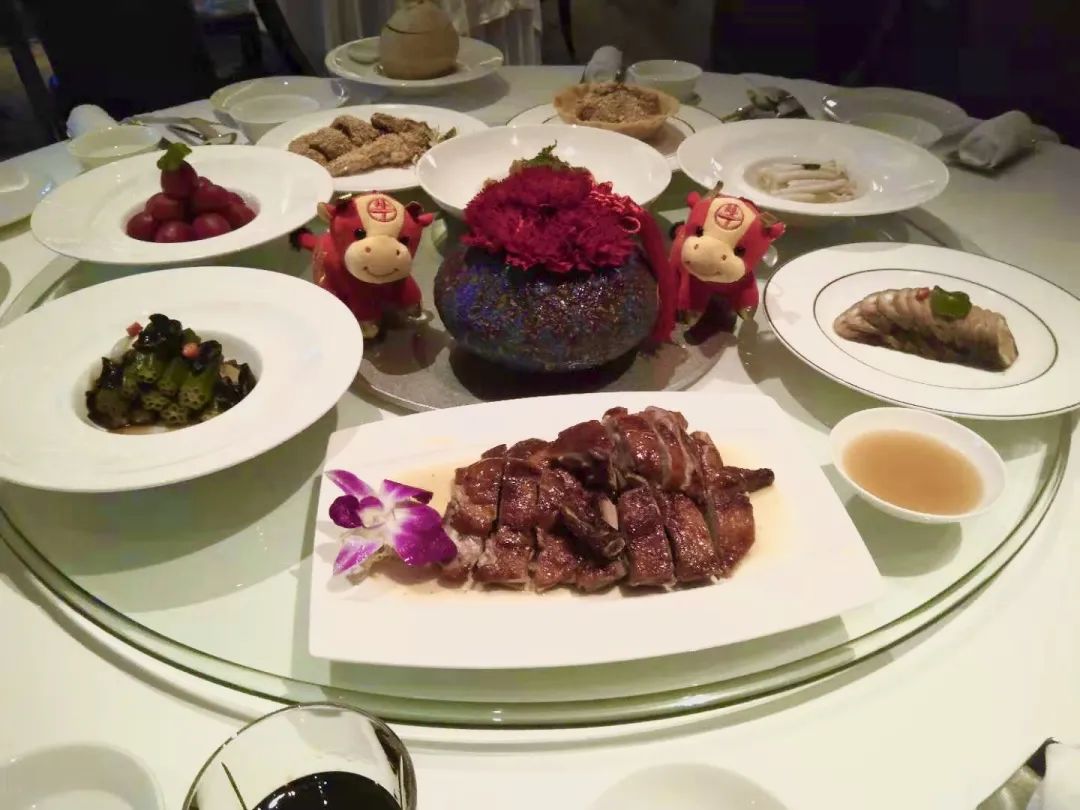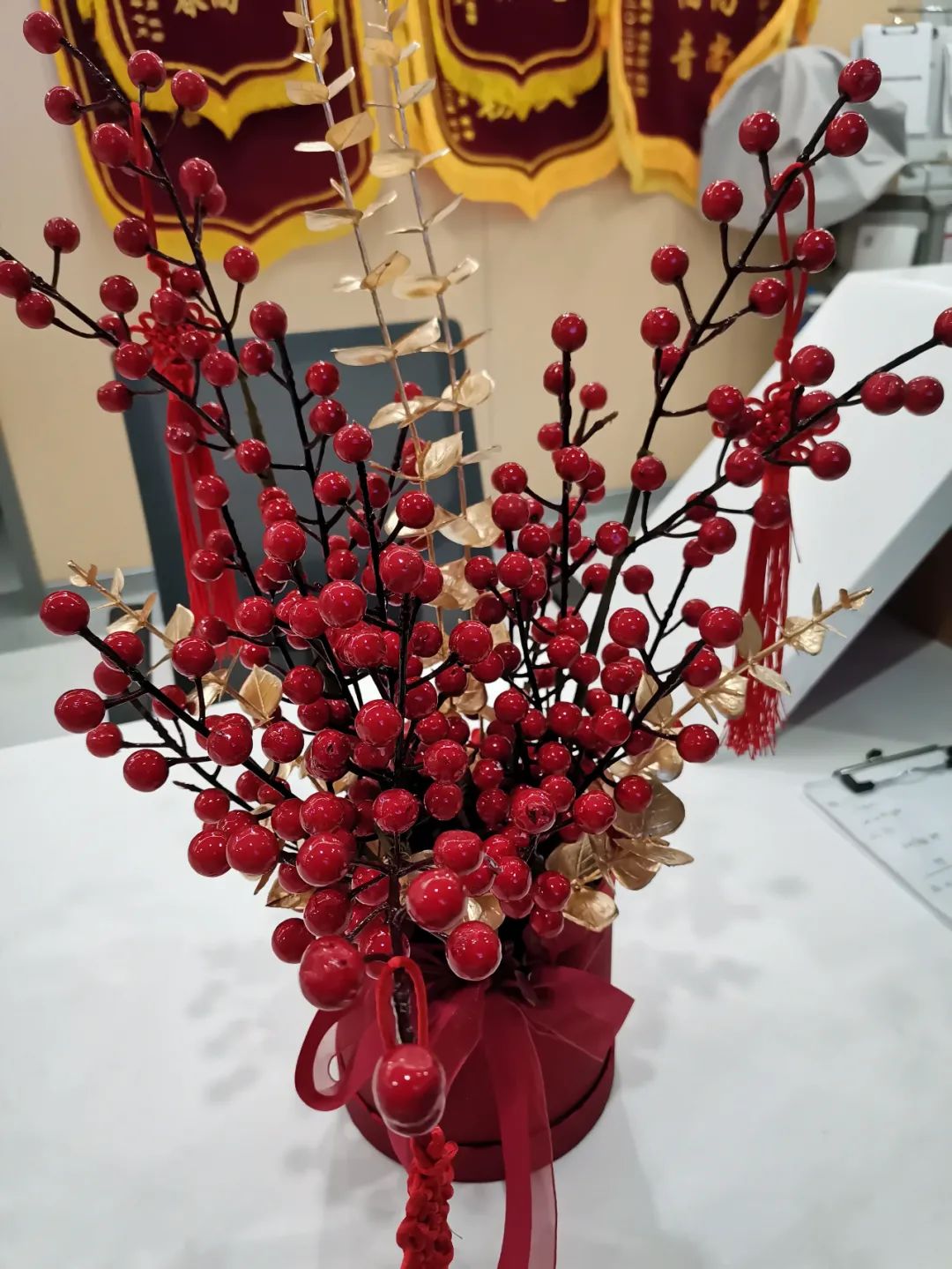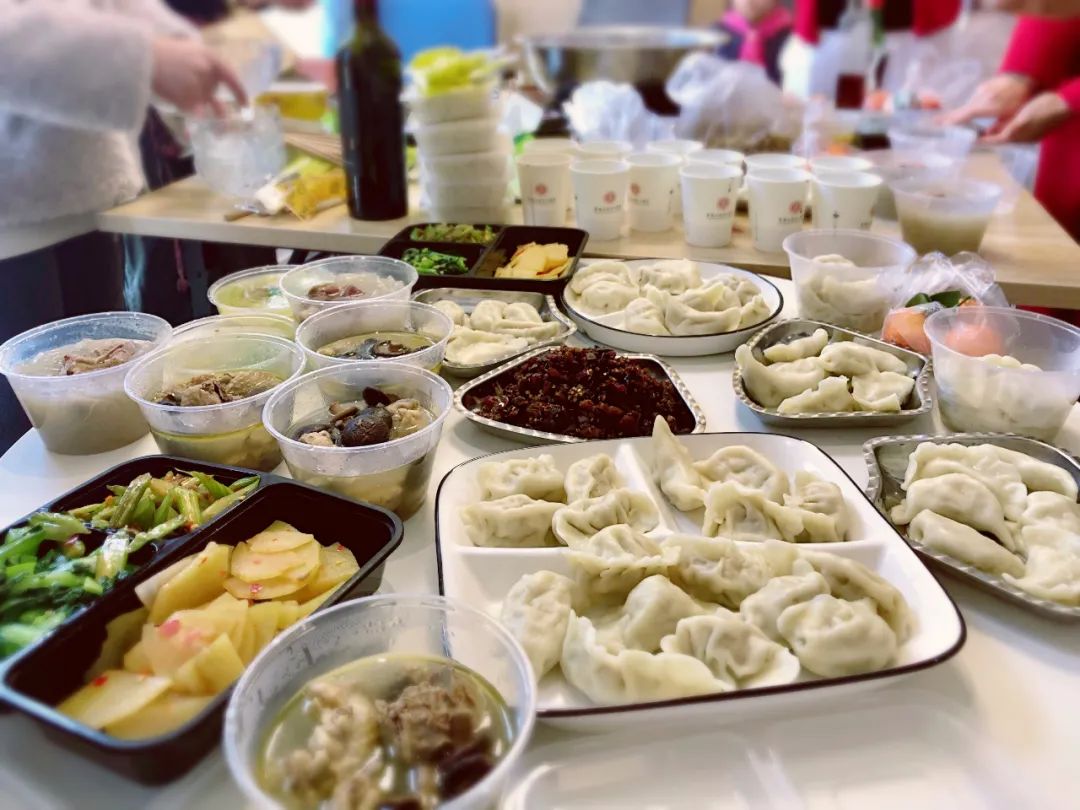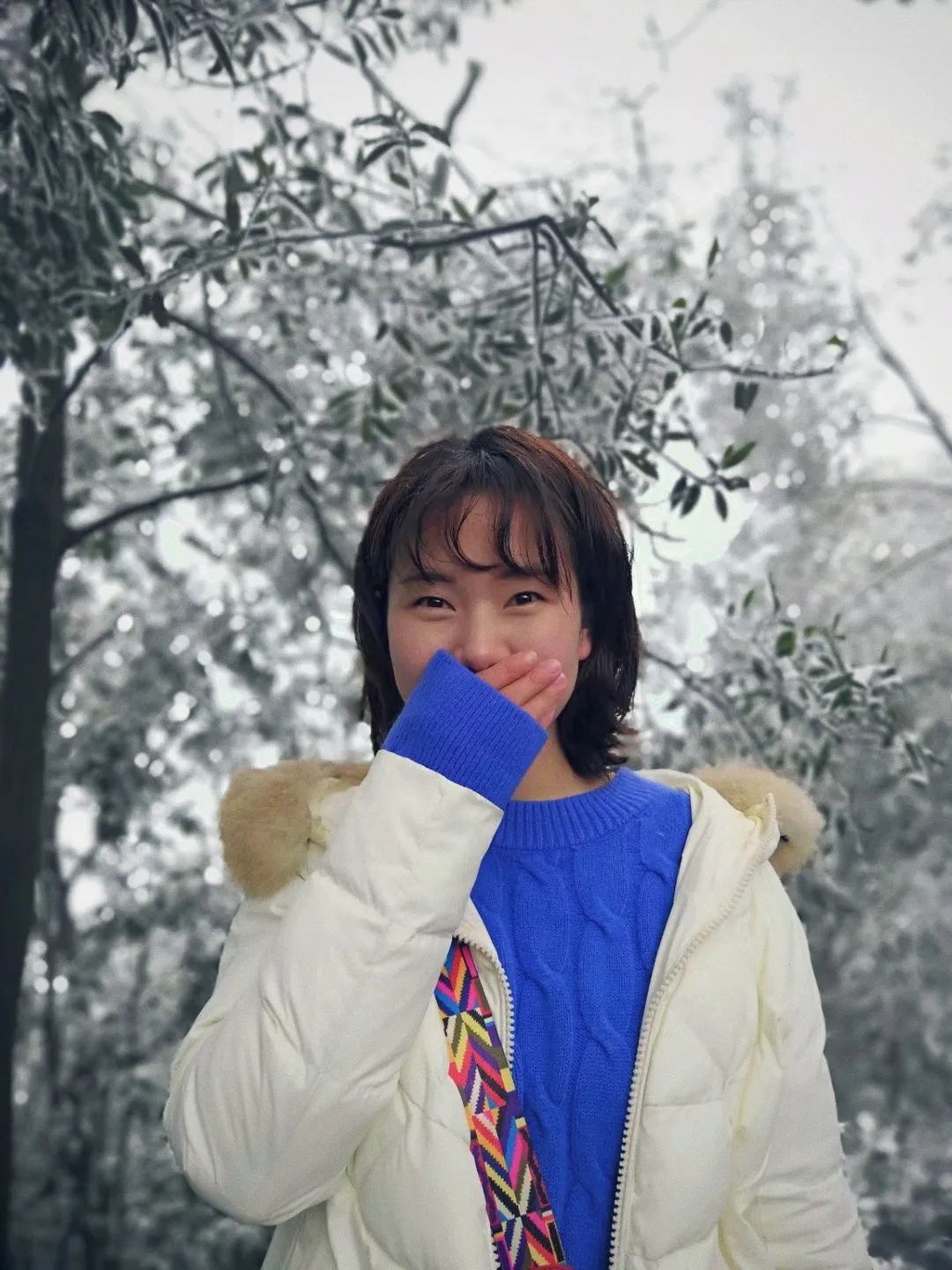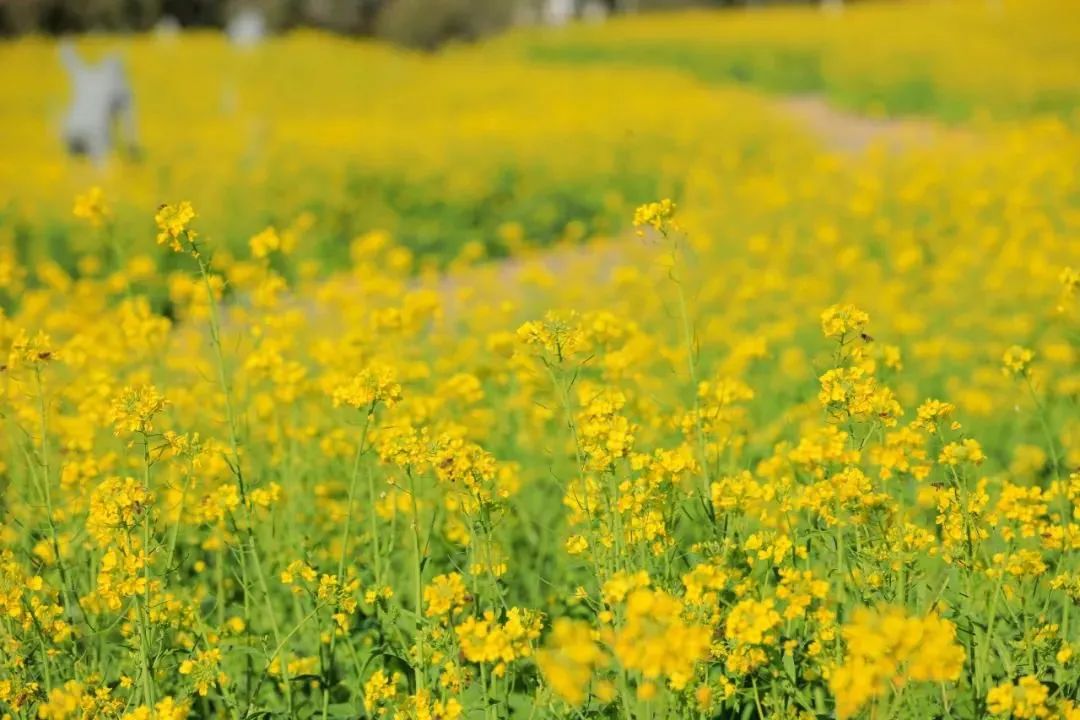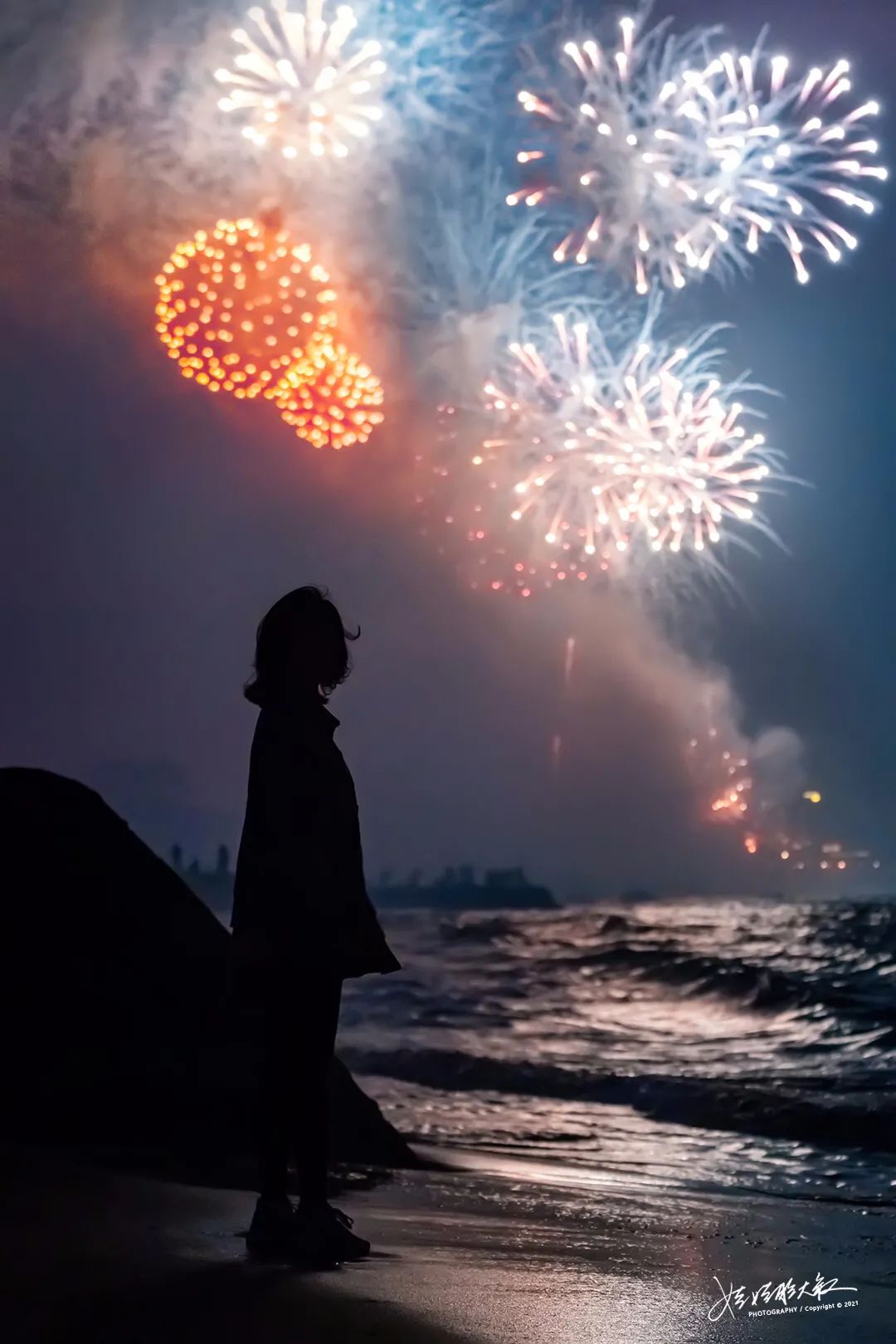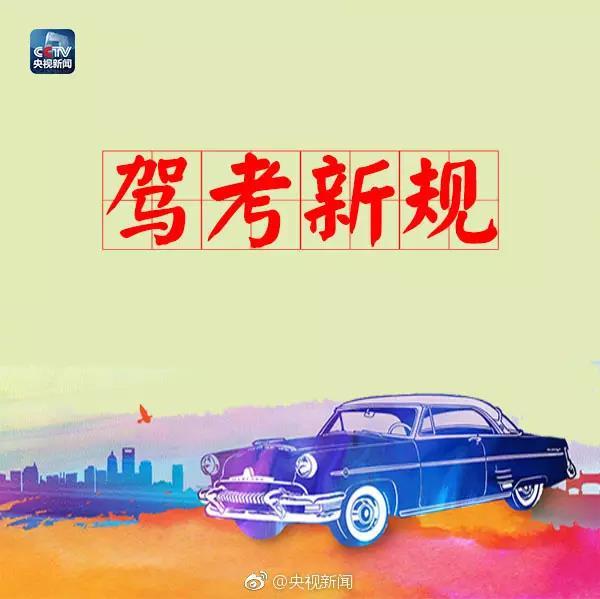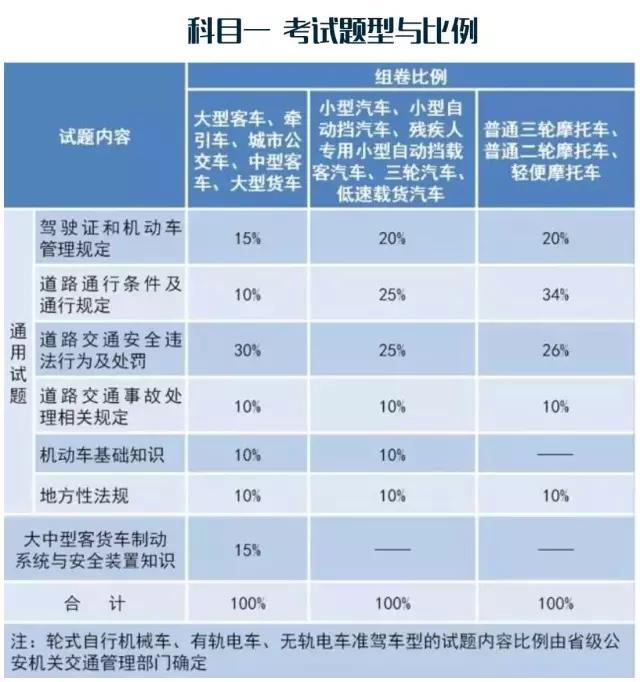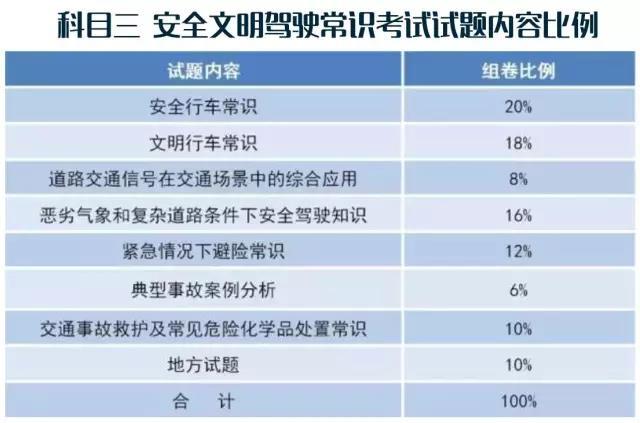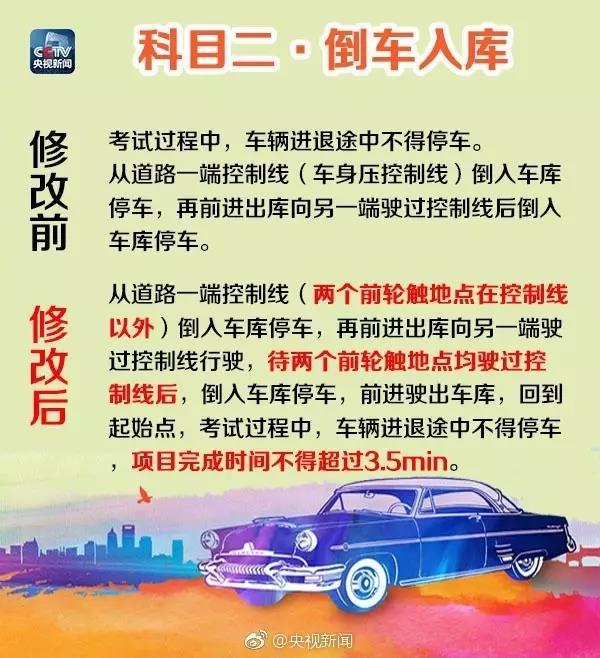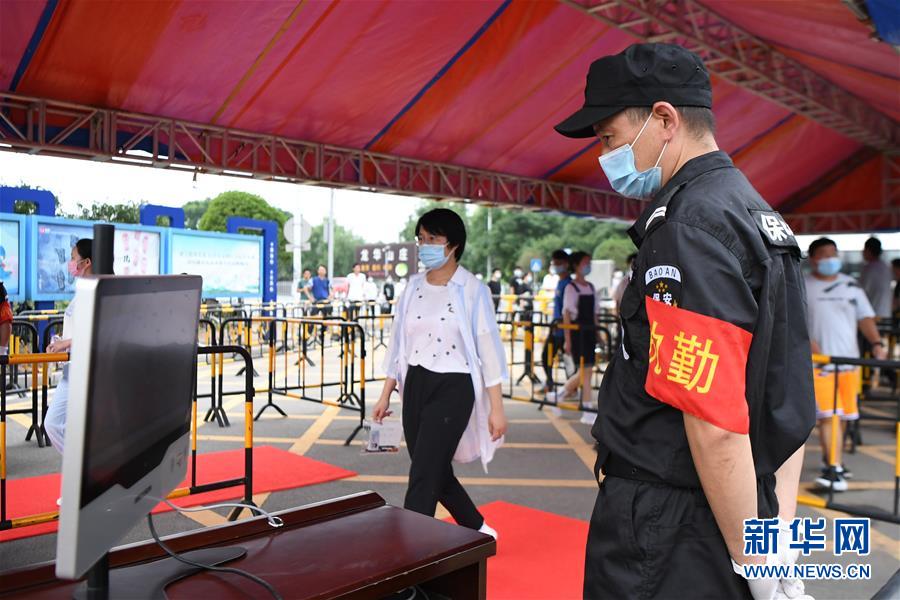
Stills of "Beautiful Days and Good Times"
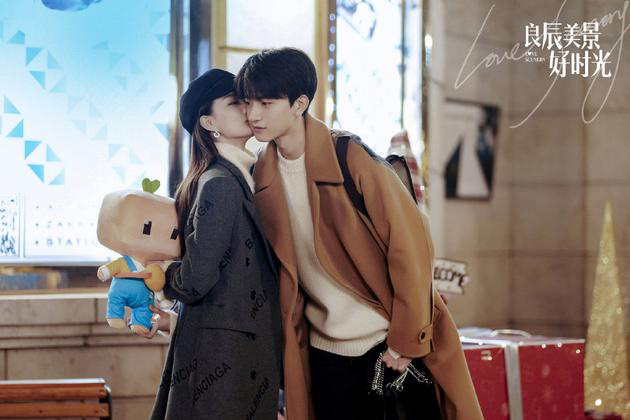
Stills of "Beautiful Days and Good Times"

Stills of "Beautiful Days and Good Times"
Liang chen and Lu Jing, the sweet couple CP, have become the new wall of the audience. The love between them from the internet to reality has brought the sweetest candy in spring to countless audiences.
Of course, this drama is more than just "sprinkling sugar". In the love relationship between liang chen and Lu Jing, the audience can see that the feelings are clean and pure. Under this emotional core, it also stands out in the "sister-brother relationship".
At the end of the drama, Xu Mengjia, the screenwriter, accepted an exclusive interview with Sina Entertainment. In addition to sharing the creative process of the drama, she also responded to some questions raised by the audience.
From network to reality, it takes a process.
Sina Entertainment: Why did liang chen and Lu Jing fall in love online for so long? Many viewers are anxious to see their sweet interaction.
Xu Mengjia: The first story tells that online dating comes into reality. Online dating is different from love in real life. It can quickly fall in love with a person at first sight. When online dating, Lu Jing didn’t know liang chen’s true identity, let alone his height, weight, age and appearance. Moreover, liang chen also turned on a voice changer, which will make Lu Jing even more uneasy. Another point is that Lu Jing and liang chen didn’t go for online dating at first.
During the game, we let two people have feelings for each other, and then admit that they like him/her without knowing the identity of the other person, and they are willing to go to real life. This decision is not so easy to make, and it needs to be cautious, so it needs some emotional foreshadowing to reach the degree that the last two people are willing to go to the show.
Sina Entertainment: In the process of playing games, how do two people’s emotions progress step by step?
Xu Mengjia: When we first made the outline, we sorted out the emotional progressive relationship between the two people. First of all, we always think that the first five episodes of the game are very important. In the first game, it was Lu Jing who fully demonstrated his skills, and liang chen admired him very much. But at the same time, liang chen also fully demonstrated his own dishes, and Lu Jing was actually a little disgusted and depressed.
By the second time, liang chen had already made him a human backpack and sent him bullets. This kind of behavior was actually touching for Lu Jing. At the same time, because he felt the admiration of liang chen, he also wanted to show off his skills. Unexpectedly, he overturned, and it would be a little fun for them to start playing again.
When we arrived at the prison scene, we wanted to make an obvious progress in their feelings, so we emphasized that liang chen had some funny operations during his play, and liang chen was there to protect Lu Jing when he hung up. When Lu Jing came back, he asked liang chen why you didn’t run? Liang chen said that because we are going to die together, in this process, Lu Jing felt that the girl was very helpful. So I have changed a lot for her.
Through these games, we let Lu Jing and liang chen feel the joy and fun of playing with each other, and at the same time let them see each other’s bright spots.
Sina Entertainment: What are the considerations in the design of game scenes?
Xu Mengjia: We changed the original PVP game into PVE, and changed the battle between players into a confrontation between people and robots. First, we kept the foundation of the gunfight game, followed by the collaboration between players, and the design of the copy of the game. If we just beat around in a map, it would be too boring, so we set different scenes for each copy, including the royal banquet hall, the prison and the ancient tomb jungle. In this case, it means that the audience can have a visual ice cream effect, and they can see that the hero and heroine have different costumes and different tasks in different scenes, and they will have a sense of freshness every time they are in the game mode.
Sina Entertainment: In the previous plot, there were many coincidences between liang chen and Lu Jing, and netizens commented that it was "too routine". What do you think of such comments as a screenwriter?
Xu Mengjia: I admit that this problem does exist, but there are actually objective reasons. First of all, the two of them are online dating. As I said before, there needs to be a process to warm up their feelings in the game. Two people don’t meet, but we are worried about them, because not meeting for a long time won’t do, so they also have some intersections in real life. In the process of writing, it’s impossible for them to really make any progress in real life, because they don’t know each other that you are the object of playing games with me every day, so everyone will think that there may be some drama in this part. Now I see the back and find that there is such a problem.
There is no contrast between liang chen and Lu Jing, but they grow together.
Sina Entertainment: Compared with Liang Chen, Lu Jing is a college student. Will the relationship between two people have a sense of disparity between feelings because of the disparity in status?
Xu Mengjia: Although there is a certain gap temporarily, I think the two people are evenly matched. First of all, in her career, Liang Chen is certainly needless to say. She is a successful female star with many awards. However, although Lu Jing is a student, he has also won many awards, and he is still a good student. He is also the first Asian champion, and now he is still trying to participate in various competitions and big data competitions. Therefore, Lu Jing’s future is actually not lost to Liang Chen, which is in his career.
Emotionally, I think these two people are independent personalities, and they don’t say that one party is completely obedient to the other. First of all, they all have clear plans for their own lives, their own careers and their own future. Two people belong to the common growth, even if there are problems, they will discuss with each other, run in with each other, and then reach an optimal and harmonious state, so I think the state of these two people is very equal and also a very good state.
Sina Entertainment: Apart from the setting of two schoolmates, what is the uniqueness between Lu Jing and liang chen, which is different from the love between male and female protagonists in other plays?
Xu Mengjia: First of all, they are different in identity. One is a student and the other is a singer. They are bound to encounter secular prejudice, for example, some people think that primary school students eat soft rice, etc. What we want to say is, don’t care too much and be too afraid of secular prejudice. Once you choose, you should pursue it bravely and fall in love bravely.
There are two people together, liang chen and Lu Jing are actually problematic, but don’t give up easily. We should communicate well, run in with each other and grow together.
Finally, don’t care too much about some external conditions. The essence of love is the attraction of the soul, so I think I hope that after watching it, the audience can stick to true love and don’t choose a relationship or enter a marriage just because it is suitable.
Sina Entertainment: In the process of watching the drama, do you think that Lin Yi performed your imaginary landscape?
Xu Mengjia: I think he is Lu Jing in my heart. He performed an unconventional schoolmaster. Lu Jing is very friendly to his roommate, the people around him, his neighbors and his friends. I think this is very similar to the feeling that Lin Yi himself gave me. Lu Jing is a very hard-working person, and I think Lin Yi is also a very serious person.
In fact, in the preparatory stage, I have already discovered that he is a very serious actor I have ever seen. He will often attend script meetings with us and give opinions. For example, Lin Yi thinks that maybe the Lu Jing written in our script is sometimes too pretentious. Unlike a college student, he will advise us to accept it. I think what he said is very reasonable, so we try to make Lu Jing change him to be more grounded, more like a college student, and not too pretentious.
We will talk with Lin Yi about his own understanding of Lu Jing. In the process of the actor’s own search and understanding of the role, Lin Yi did a very good job. The biggest surprise he gave me was actually kissing the scene. Lin Yi was really good at meeting relatives and acting very well.
Sina Entertainment: What do you think is higher than the script in liang chen performed by LULU?
Xu Mengjia: What surprises me about LULU is that her acting skills are very good. In the process of acting these romantic dramas, she will make me feel particularly substituted.
In the process of performing this role, she will give us something that is not written in the script. For example, she has her own thoughts on the career development of this role. In fact, I think there are still some places that are not quite like a female star in our script. But through LULU’s performance, I think this is what I want to show a female star in her life. She actually makes up for some shortcomings in the script.
Sina Entertainment: liang chen chose Lu Jing instead of Ding Jiayun. In the love between the year and the year, why are there more "love under the year" in recent years?
Xu Mengjia: First of all, I think sister-in-law love is different from the traditional idol drama, which is generally a mode in which men are older than women. It is a quite new theme, and the audience doesn’t watch it very much. At the same time, I think it also reflects the rise of women’s consciousness in society. Now the audience doesn’t particularly like to see women’s roles attached to men.
The audience’s ideas are similar to those we want to convey, that is, they strip off the external conditions of a man, such as his age, his income and his career. If you only look at him, his personality and his quality, will you still like him? What we want to convey is that you like his soul and his personality, not his external conditions. Under such circumstances,
There is something wrong with the rhythm. We have tried to restore the famous scene.
Sina Entertainment: How to convince the audience of the heroine’s identity background?
Xu Mengjia: We didn’t package liang chen as a "big star". liang chen is just a popular female singer. As a singer, she is still a little different from the current star. But I think LULU has actually performed the feeling of being a popular singer.
I think whether liang chen can become a popular singer depends on her own ability and strength, rather than focusing on things like hype and publicity. We want to shape her into an image that attaches great importance to her work and cares about her future career growth, and is also an image that dares to break through herself.
LULU performed particularly well in this respect. In the 26th episode, she had a match with Liu Yiqing. At that time, liang chen insisted on singing "The First Dance in Winter", but Liu Yiqing just felt that we couldn’t do it for the time being. Can you put it down for the time being and get through this competition before making a breakthrough in the future? But LULU, she played with tears in her eyes at that time. Just say that you have been following the arrangement of the company for so many years, but you have never thought about my feelings. Why did you join this program? I came to this program just to break through myself, otherwise why did I come? When I saw this scene, I was actually particularly moved.
Sina Entertainment: It’s almost the end of the show. Now let’s take a look at the creation of the whole drama. What do you think is the gain and loss of this drama?
Xu Mengjia: First of all, the biggest feature of this drama is sweet and funny. I think we have done it in this respect. Whether it is the leading role or the supporting role, the image of the role is vivid and can be remembered by the audience. I think this is what we have done. There is also the famous scenes and lines of the original, and we have tried our best to restore them. There are some problems. First of all, there are still some problems in the rhythm. Everyone says that there are too many passes, which feels like a routine. We admit that there is indeed a problem. There is also my feeling that we paved the line between Sun Binyu and Mashanshan too late. In fact, their scenes should be mentioned in the male and female two, and more scenes should be given to them in the early stage, which is also a problem that we will try to avoid in future works.
(Text/Meat English)

